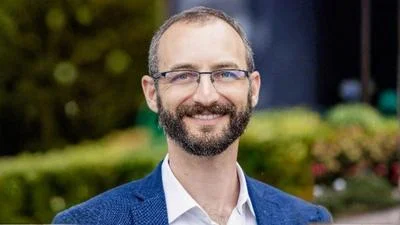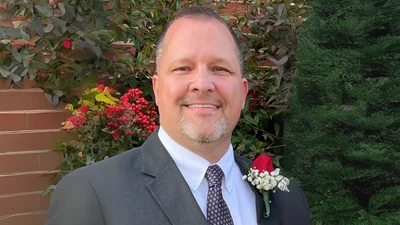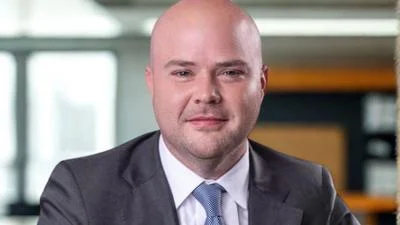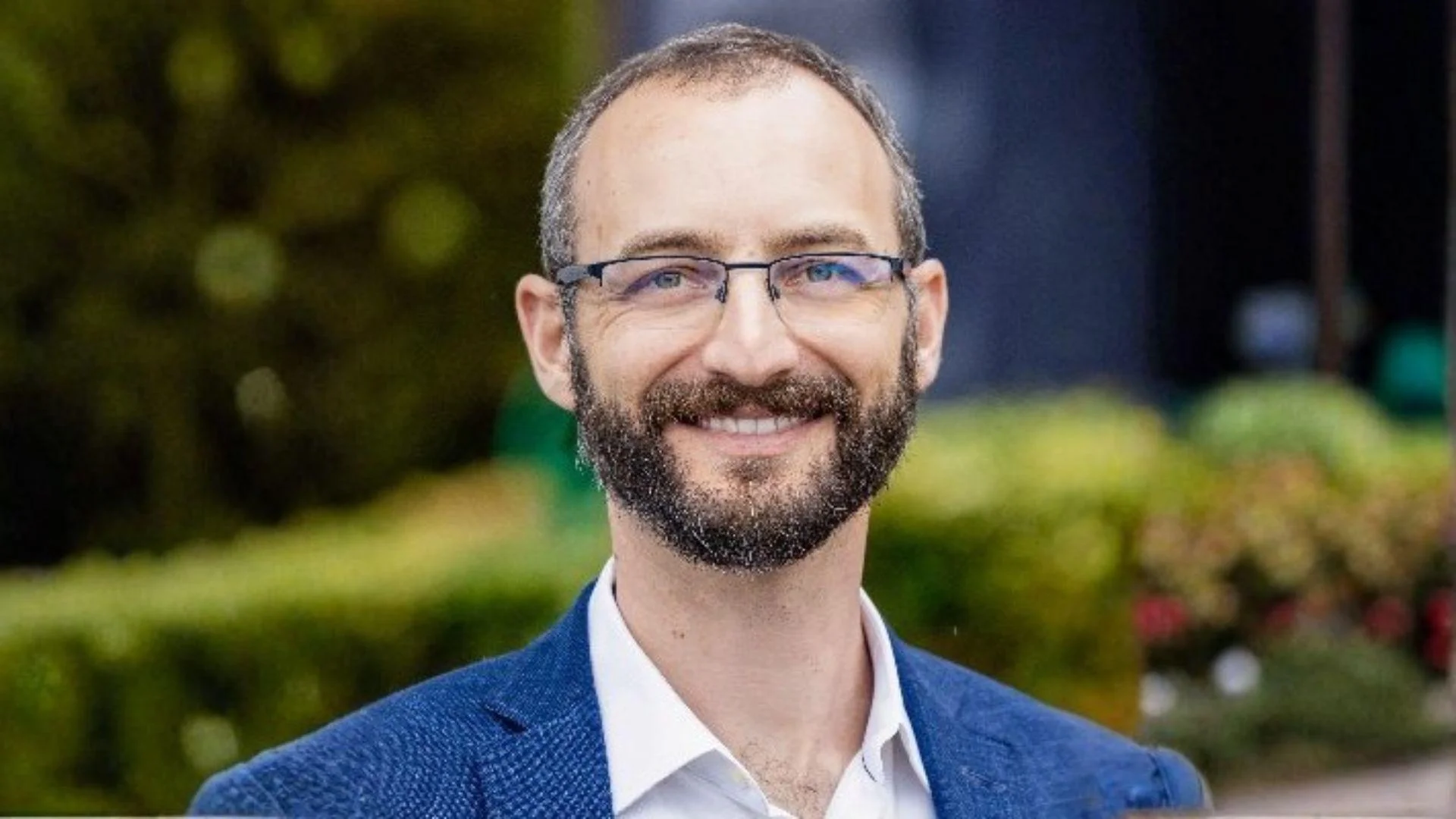Study finds prescription-drug coupons costly to consumers in long run

Drug companies have faced criticism over increasing expenditures on coupons, which have risen from $1 billion in 2010 to an estimated $7 billion last year.
Critics argue that patients are steered toward more expensive drugs, forcing insurers to pick up the tab initially, but increasing premiums for everyone in the longer term.
In one recently published study, researchers estimate that coupons for 23 brand-name drugs with a generic alternative resulted in up to nearly $3 billion in extra spending on drugs over five years.
Drs. Peter Bach of Memorial Sloan Kettering Cancer Center and Peter Ubel of Duke-Margolis Center for Health Policy said drug company copay and coupon programs play a significant role in keeping prescription drug costs high.
Many drug manufacturers said these programs help patients afford drugs, but Bach and Ubel outline why the programs mask underlying costs and reduce public outcry for changes.
In a statement to American Pharmacy News, Bach outlined his and Ubel’s proposals to “fix current copay programs and lower drug prices."
Bach said there should be “copay or coupon programs for all drugs, not just favored ones.”
Bach and Ubel also are calling for public disclosure of copay programs, and that pharmacies should disclose copay coverage separate from cash payments at the point of sale.
Bach said that in the longer term, the country needs a better way to price and pay for drugs.
Bach’s statement follows the publication of a study from Harvard, Northwestern and the University of California, Los Angeles, that studied brand-name drugs and their generic equivalents. When drug companies offered a coupon for the brand-name version, more patients stuck with the more expensive brand-name drug.
The company also raised the prices on brand-name drugs faster than it did for drugs for which no coupon was available.
Researchers found that coupons for 23 brand-name drugs with a generic alternative resulted in an extra $700 million to $2.7 billion in spending on drugs over five years.
“These are wolves in sheep’s clothing,” Leemore Dafny, a professor at Harvard Business School and a co-author of the research, told the New York Times. “These efforts to help consumers bear the cost of their drugs are actually driving higher spending without commensurate health benefits.”
The pharmaceutical industry said coupons are simply a way for drug companies to help consumers cover costs, as they are being asked to pay more and more extra upfront costs.
Insurance companies have many ways of steering people into using particular drugs, such as prior approval, mandates and limits on the number of pills dispensed, the industry has said.
Jenny Bryant, of Pharmaceutical Research and Manufacturers of America, an industry trade group, said in an interview with ProPublica that it has gone past the point “where there’s a question about whether these kinds of programs are necessary.
“The reality is that (insurance) benefits are not as generous as they were, and many patients are struggling,” Bryant said.










 Alerts Sign-up
Alerts Sign-up